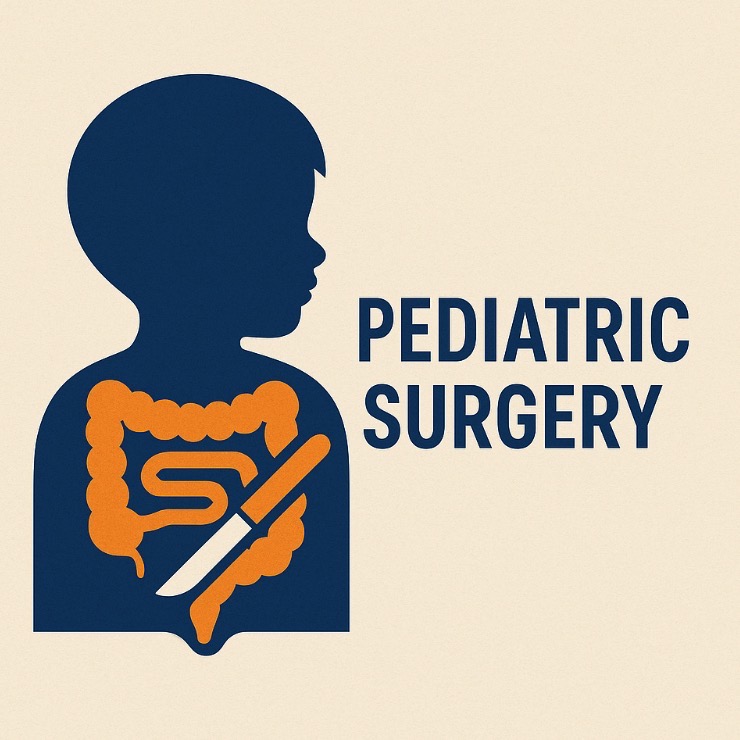Correlation between FLACC scale score and analgesic requirement in children undergoing minimally invasive surgery

All claims expressed in this article are solely those of the authors and do not necessarily represent those of their affiliated organizations, or those of the publisher, the editors and the reviewers. Any product that may be evaluated in this article or claim that may be made by its manufacturer is not guaranteed or endorsed by the publisher.
Authors
Postoperative pain presents several challenges in pediatric minimally invasive surgery (MIS). The Faces, Legs, Activity, Cry, and Consolability (FLACC) scale is a valid scale for pediatric postoperative pain. The aim of our study was to assess postoperative pain using FLACC scale and to analyze the correlation between FLACC scale score and analgesic requirement in children underwent MIS. We retrospectively analyzed data of 153 children aged 2 months-3 years who underwent MIS in our unit from January 2019 and December 2019. Postoperative pain assessment was established using FLACC scale. In each patient were analyzed the correlation between FLACC score and analgesic requirement. Pain evaluation was assigned immediately after surgery and at 15 and 60 minutes. 36.6% of patients (56 children) were asleep so considered pain free; 21.6% of patients (33 children) had a FLACC score more than 7 so they required analgesics and the pain assessment 15 and 60 minutes after was significantly lower. 41.8% of patients (64 children) had a postoperative FLACC score less than 3, so they didn’t require any analgesic treatment. On the basis of our results, we recommend FLACC scale for postoperative pain assessment in children underwent MIS aged 2 months-3 years. FLACC scale is an effective and precise scale in detection of postoperative analgesic requirement in children and it could be extended in different age groups with further research.
How to Cite

This work is licensed under a Creative Commons Attribution-NonCommercial 4.0 International License.
PAGEPress has chosen to apply the Creative Commons Attribution NonCommercial 4.0 International License (CC BY-NC 4.0) to all manuscripts to be published.







